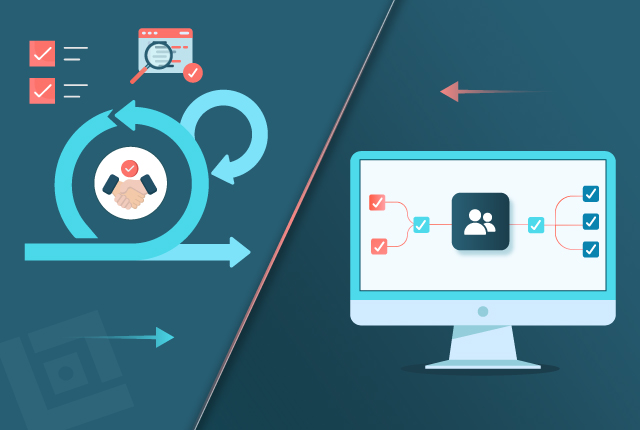
In agile software development, especially within the Scrum framework, efficiently organizing and managing work is crucial. The concepts of Scrum Epics, Epic User Stories, and the Product Backlog are foundational elements that play significant roles in this process. Let's dig into a structured comparison that offers a snapshot of their characteristics to clarify the distinctions and relationships among these elements.
Scrum Epic: Broad Work Categories
A Scrum Epic is a large body of work encompassing a broad scope within a project. Due to its vast nature, an Epic usually spans multiple sprints. It serves as a container for related tasks, broken down into smaller, more manageable chunks known as user stories.
Example 1: Consider the development of an eCommerce website; a Scrum Epic might be "Implement Search Functionality." This Epic would cover all activities related to developing the site's search capabilities, including designing the user interface for search, implementing the underlying search algorithms, and integrating these features with the product database.
Example 2: For a social networking application, "Integrating Single Sign-on Capabilities" could represent another Epic. It would entail developing features allowing users to log into the app via existing Google, Facebook, or other social media accounts, enhancing user convenience and security.
Epic User Story: High-Level Requirements
While still broad, an epic user story represents a more defined requirement within an Epic that is too extensive to be completed in a single sprint. It is a high-level need that further breaks down into smaller, more detailed user stories for implementation.
Example 1: Relating to the "Implement Search Functionality" Epic, an Epic User Story could be "As a customer, I want to search for products by name and category." This narrative outlines a specific functionality within the broader Epic, which will be subdivided into detailed tasks.
Example 2: Another user story might express a desire to log into a social application using an existing Google account, highlighting the need for a seamless login experience and the integration of basic user information into the application's user profile.
Product Backlog: The Master List
The Product Backlog is a comprehensive list encompassing all tasks required for the project's completion. This includes user stories derived from Epics, defects that need addressing, and any other technical or miscellaneous tasks. The Product Backlog is a living document, continuously updated to reflect feedback, changing requirements, and project evolution.
Example 1: For our eCommerce site, the Product Backlog might feature user stories related to search functionality, along with other key functionalities like product browsing, cart management, and checkout processes. Tasks related to optimizing performance and fixing bugs are also included.
Example 2: In the context of single sign-on integration, the Product Backlog would include integrating with the Google Sign-in API, managing user data, and thoroughly testing the sign-on process.
Structured Comparison between Scrum Epic, an Epic User Story, and Product Backlog
| Feature | Scrum Epic | Epic User Story | Product Backlog |
|---|---|---|---|
|
Definition
|
A large body of work that encompasses a broad scope within a project.
|
A high-level requirement is too large for a single sprint, needing further breakdown.
|
A comprehensive list of all tasks required to complete the project.
|
|
Scope
|
Broad, spanning multiple sprints.
|
Large, requiring further breakdown into smaller stories.
|
Varied, covering the entire project.
|
|
Completion Time
|
Extends beyond a single sprint.
|
Requires breaking down for sprint implementation.
|
Updated throughout the project.
|
|
Examples
|
Implement Search Functionality; Integrating Single Sign-On.
|
Search for products by name and category; log in using a Google account.
|
Includes tasks like bug fixes, feature development, and optimizations.
|
|
Purpose
|
Organize and prioritize related work within the project.
|
Represent significant functionalities contributing to an Epic.
|
Track all necessary work for project completion.
|
|
Detail Level
|
High-level descriptions of functionalities or features.
|
Detailed, yet requires subdivision for implementation.
|
Detailed, specific tasks and requirements.
|
|
Management
|
Managed over multiple sprints with possible updates and refinements.
|
Broken down into manageable stories for sprint planning.
|
Continuously groomed and prioritized by the product owner.
|
Conclusion
Understanding the difference between Scrum Epics and Epic User Stories, and the Product Backlog streamlines project management and enhances team members' collaboration. Teams can navigate development processes more efficiently and clearly by categorizing work and maintaining a clear vision of the project's objectives.


Post a Comment